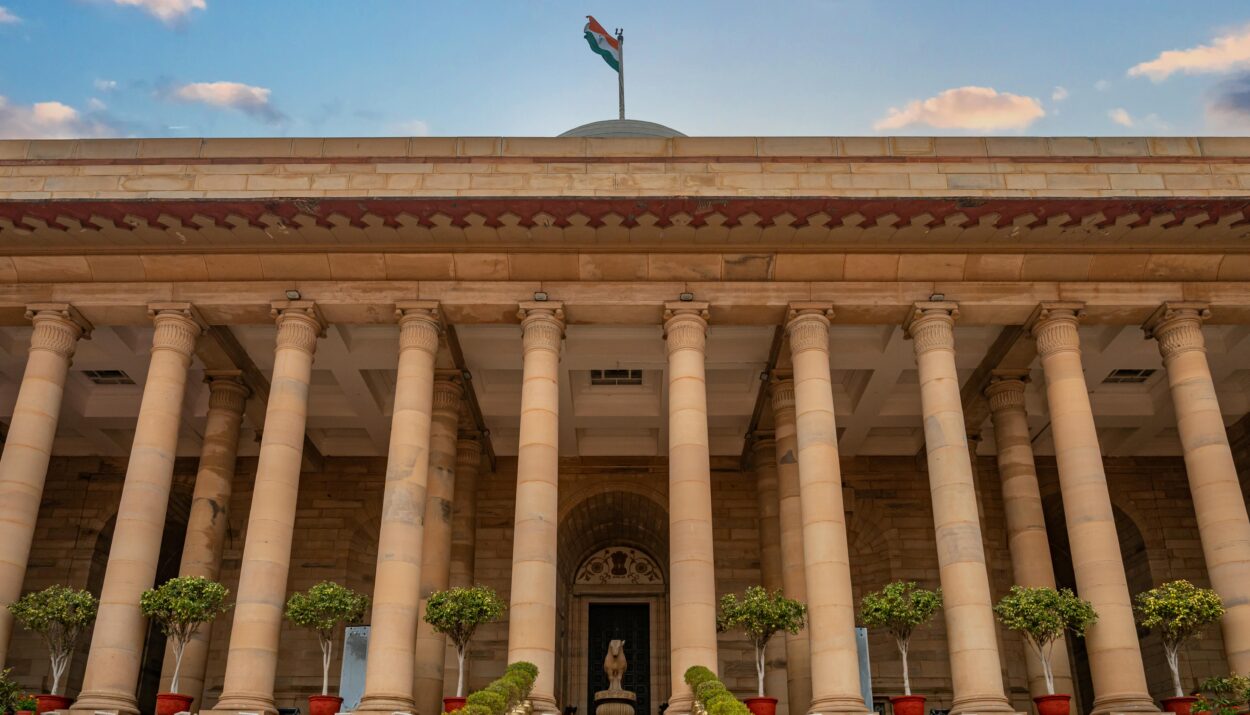India’s Gross Domestic Product (GDP) has been a subject of scrutiny, especially concerning its quarter-on-quarter performance. In this article, we delve into the actual figures of Indian GDP for the past quarters, comparing them with the predictions made last year. This analysis aims to shed light on the dynamics of India’s economic growth, highlighting the factors influencing these fluctuations and their implications.
- Actual vs. Predicted GDP Growth: The performance of Indian GDP in recent quarters has deviated from earlier predictions, reflecting the complex interplay of economic factors.
- Quarter 1: Actual GDP Growth: 6.1% Predicted GDP Growth: 7.5% Quarter one witnessed GDP growth at 6.1%, falling short of the predicted 7.5%. This shortfall can be attributed to subdued consumer demand, liquidity constraints, and global economic uncertainties.
- Quarter 2: Actual GDP Growth: 4.5% Predicted GDP Growth: 6.2% The second quarter saw a further slowdown in GDP growth to 4.5%, below the predicted 6.2%. Factors such as a decline in manufacturing output and subdued investment activity contributed to this downturn.
- Quarter 3: Actual GDP Growth: 4.7% Predicted GDP Growth: 6.8% Despite expectations of a rebound, the third quarter saw GDP growth at 4.7%, falling short of the predicted 6.8%. Challenges such as liquidity constraints and weakening global demand continued to weigh on economic performance.
- Quarter 4: Projected GDP Growth: 5.4% Predicted GDP Growth: 7.0% Projections for the fourth quarter suggest a modest uptick in GDP growth to around 5.4%, still below the initial prediction of 7.0%. Structural bottlenecks and external uncertainties remain key impediments to robust economic growth.
- Factors Influencing Quarter-on-Quarter Variations: Several factors contribute to the fluctuations observed in Indian GDP from one quarter to the next.
- Domestic Consumption: Consumer spending patterns, influenced by factors such as income levels and inflation rates, play a significant role in shaping GDP growth. Variations in consumer sentiment can lead to fluctuations in domestic demand, impacting economic performance.
- Investment Climate: The level of investment in key sectors such as infrastructure and manufacturing directly influences GDP growth. Uncertainties surrounding policy reforms and regulatory environment can deter investors, hampering capital formation and economic growth.
- Global Economic Conditions: India’s economy is closely linked with global markets. Changes in international trade dynamics, geopolitical tensions, and fluctuations in commodity prices can have ripple effects on domestic economic performance.
- Government Policies: Policy interventions by the government, including fiscal stimulus packages and structural reforms, can impact GDP growth. Effective policy measures aimed at stimulating economic activity and fostering investment confidence are essential for sustainable growth.
The quarter-on-quarter fluctuations in Indian GDP underscore the dynamic nature of the country’s economy. While actual GDP figures may deviate from initial predictions, understanding the underlying factors driving these variations is crucial for policymakers and businesses. By addressing structural challenges, fostering a conducive investment climate, and implementing prudent policy measures, India can navigate the challenges posed by quarterly fluctuations and strive towards sustainable economic growth and development.






